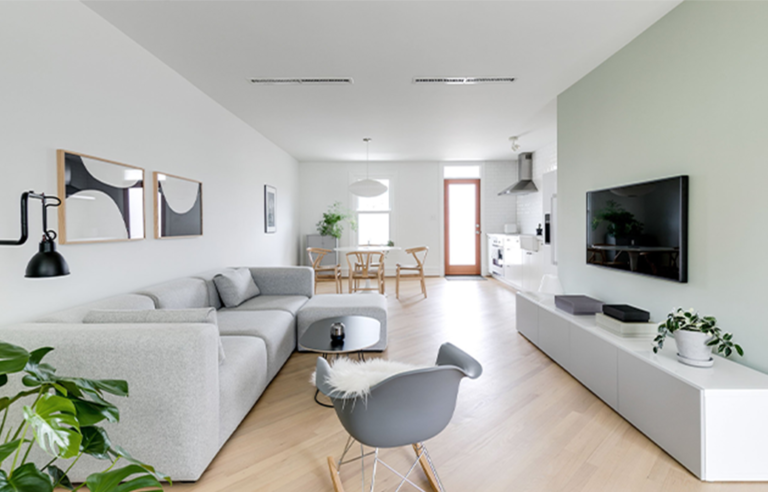The Art of Minimalism: How to Create a Calm and Clutter-Free Space
Minimalism is more than just a popular design trend—it’s a mindful way of living that emphasizes clarity, purpose, and simplicity. By choosing to live minimally, individuals craft environments that are not only clean and uncluttered but also supportive of mental peace and sustained focus. With thoughtful organization, selective decor, and an intentional lifestyle approach, minimalism transforms a home into a haven of serenity amidst the noise of modern life.

At its core, minimalism encourages individuals to strip away the nonessential and redirect attention toward what genuinely enhances their well-being. In terms of living spaces, this means creating rooms that are free of visual chaos and rich in purpose. When our surroundings are clear, our minds tend to follow suit, fostering better concentration and emotional balance.
A crucial starting point for this transformation is a thorough decluttering process. Take a methodical approach to reviewing each area of your home. Ask yourself whether each item serves a function or holds personal significance. Removing items that no longer serve a purpose paves the way for spaciousness—both physically and mentally. Once this process is complete, adopting sustainable organizational habits is key. Simple systems, like storing items in labeled bins or using drawer dividers, help maintain tidiness and reduce daily stress.
Color plays a pivotal role in shaping the ambiance of a minimalist environment. Opting for a subdued palette—soft whites, earthy tones, gentle grays—can help cultivate a calming visual atmosphere. Natural textures such as raw wood, stone, and linen complement this look by introducing warmth without overwhelming the senses.

Furniture and decor should reflect both beauty and utility. Instead of filling a room with numerous pieces, focus on a few high-quality, functional items. Consider modular furniture or pieces that offer hidden storage to make the most of your space. When adding personal touches, choose elements that evoke a sense of joy or nostalgia—perhaps a favorite photograph, a handcrafted item, or a minimal art piece—ensuring every addition has meaning.

Lighting significantly contributes to the feel of a room. Ample natural light not only elevates mood but also makes a space feel more open and breathable. Keep windows free of heavy drapes and instead use sheer or light-filtering curtains. Where natural light is limited, strategically placed soft lighting—such as floor lamps or pendant lights—can enhance the room’s warmth without creating visual clutter.
Minimalism also touches on mental clarity. A thoughtfully designed space provides an ideal setting for practices that ground you, such as journaling, meditation, or simply unwinding after a long day. These routines, set against a tranquil backdrop, can amplify the emotional benefits of a minimalist lifestyle.
Nature plays an integral part in reinforcing this connection. Adding greenery, like potted herbs or air-purifying plants, brings life to a minimalist room. Not only do plants enhance visual appeal, but they also contribute to better air quality and emotional wellness. Choose species that are easy to care for and align with your lifestyle, such as peace lilies or pothos.
Ultimately, embracing minimalism means making deliberate decisions about what to include in your space and life. It’s not about living with less for the sake of scarcity but about living with intention and clarity. In this simplicity lies the freedom to appreciate what truly matters: comfort, purpose, and a sense of inner peace. Whether it’s a sun-drenched reading nook or a single treasured object on a clean shelf, the beauty of minimalism is found in its thoughtful restraint and enduring calm.

Ms. Megha Bhagat
Accessory Designer from NIFT with 7 years of experience in Lifestyle and Fashion Accessories. Brings immense knowledge of both industry and education. Currently serving as a faculty member at IVS School of Art & Design.

